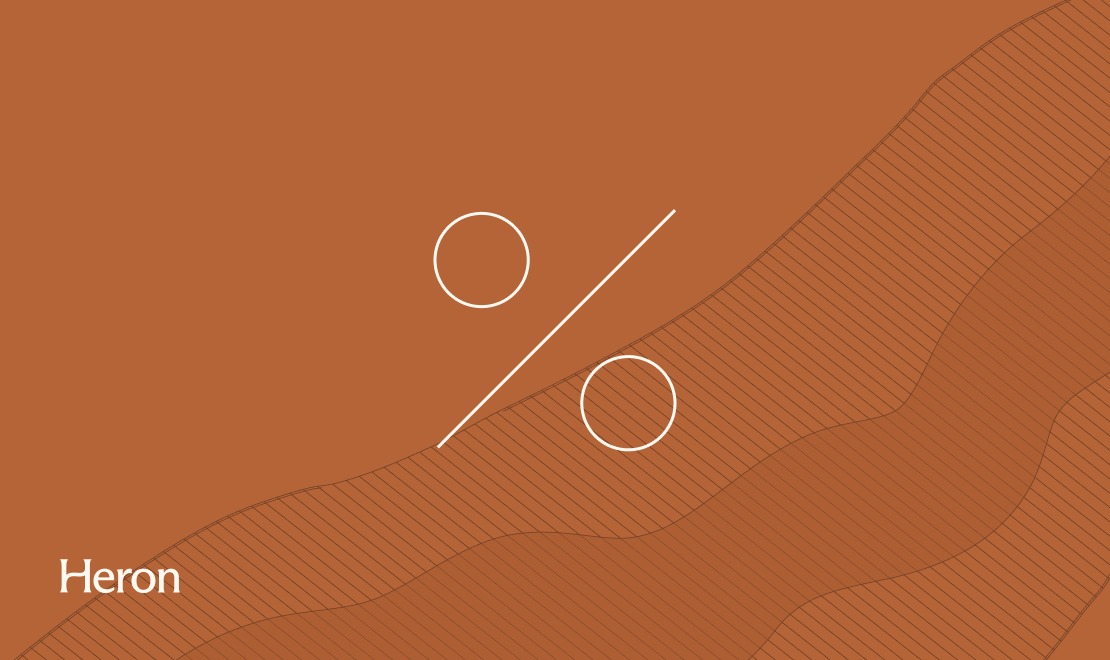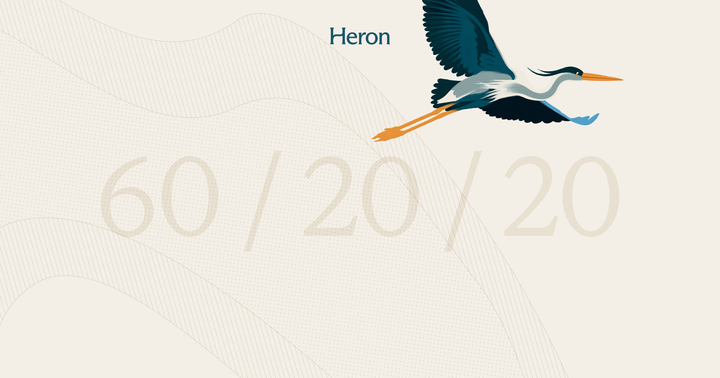What are High-Yield Investments?
As investors look to diversify away from stocks and bonds, they are increasingly targeting high-yield investments. What are these investment types? What features and benefits do they offer? And what risks do they pose to investor portfolios? Read on to learn more.

As the name implies, high-yield investments are investments that in the right conditions can generate above average returns.
For example, traditional bonds return a certain amount over time–the number varies based on the type of bond–but high-yield bonds are those that can generate much higher returns than typical government or corporate debt.
At this point you might be wondering, ‘why doesn’t everyone just invest in high-yield opportunities, since they can generate above average returns?’
The answer: Volatility.
High-yield investments can generate above average returns, but they can also generate above average losses. Those high-yield bonds (also called “junk bonds”) are actually corporate bonds with credit ratings below investment grade.[1] In other words, there is a much higher risk of default and bankruptcy than one would otherwise assume when investing in corporate debt.
In this article, we’ll explore high yield investments, including the difference between yield and return, whether private credit is a high-yield investment, and how you can get started investing in private credit with Heron Finance today.
Key Highlights
- The term ‘yield’ refers to the amount of income an investment generates over time, while ‘return’ refers to the yield plus any capital gains or losses
- Private credit offers high-yield opportunities, but with the consistency of bond repayments
- Thanks to digital platforms like Heron Finance, accredited investors can access the private credit market–once the purview of institutions and the ultra-wealthy
What is the Difference Between Yield and Return?
If you’re a new investor, you may be used to thinking of your investments in terms of rates of return. But yield is an equally important concept.
Yield is the income received on an investment over time.[2]
Yield is typically positive, because it is an expression of the dividend income one receives on a given investment. For example, many stocks offer a yield, meaning when one purchases shares, one can also receive a monthly or quarterly dividend payment.
That said, negative yielding investments are out there–bond yields can go negative, as can commodity prices (the price of oil famously dipped negative in 2020),[3] even a real estate mortgage can be negative-yielding, if income earned on the property is not offsetting the mortgage payment. In all of these examples, the investor is making regular payments to hold the investment.
Return is the yield plus any capital gains or losses during the lifetime of the investment.[4]
For example, the return on a five-year investment is calculated by taking the amount of the dividend income received over the duration of the loan (the yield), and adding (or subtracting) the amount by which the investment has risen (or fallen) in value once sold or redeemed.
So if you purchase a home that is negative-yielding $5,000 per month (say you are paying $5,000 a month in total mortgage, taxes and repair-related expenses), then after five years the investment has yielded negative $300,000 (negative $60,000 per year). But if you sell the home for a profit of $500,000 over your initial purchase price, your return is $200,000 ($500,000 - $300,000).
Is Private Credit a High-Yield Investment?
It can be. Private credit has historically generated a higher return than traditional investment options (stocks and bonds). From 1989-2023, the compound annual growth rate (CAGR) of the S&P 500 was 8.97%.[5] Over that same time period, the median private credit manager’s CAGR was 11.32%.[6] That’s a hefty 2.35% difference per year!
As an asset class, private credit compares favorably to other investments designed to produce a high yield, given that it typically also provides resilience due to the reduced volatility profile. Private credit meets many of the same criteria as bonds, yet historically, private credit has outperformed the public markets (both stocks and bonds) across a broad range of interest rate and economic conditions, including during times of inflation.[7] That is primarily due to the fact that most private credit loans are floating rate, which means they increase in tandem with the benchmark Fed Funds rate. Some traditional bonds are floating rate, but the majority are fixed, meaning the interest rate remains the same, even when inflation ticks upward.[8]
For a deeper dive into the private credit asset class, check out our Guide to Investing in Private Credit.
Investing in Private Credit with Heron Finance
Typically, private credit has been the playground of the ultra-rich. In years past, only institutional and high net worth investors have had access to private credit investments, which means they have been the only ones to benefit from private credit’s strong returns, consistent yield repayments, and lack of correlation with public markets.
However, thanks to digital platforms like Heron Finance, accredited investors can now access private credit investments. Heron Finance is a robo-advisor, which means the platform builds clients a portfolio of private credit deals based on their risk tolerance and investment objectives. Clients of the platform simply select an investment strategy and fund their account, and Heron Finance does the rest–a true ‘set it and forget it’ investment experience.
Heron Finance is available to accredited investors only, but the platform makes the accreditation process easy. Here is a brief article which outlines the 4-step process for verifying your accreditation status through Heron Finance.
Source: Investopedia ↩︎
Source: The Street ↩︎
Source: Investopedia ↩︎
Source: data from Preqin ↩︎




